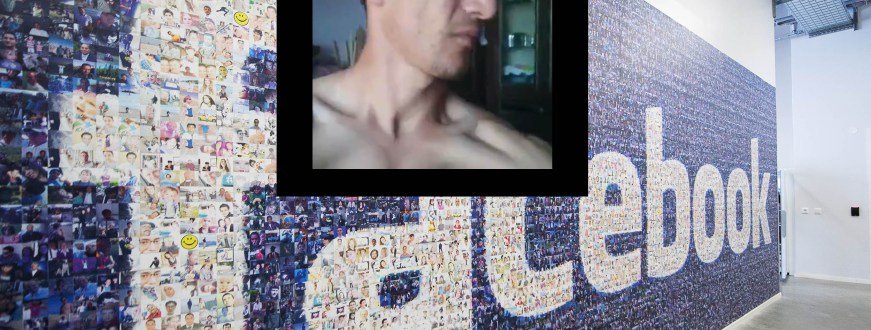Two days ago a young man somewhere in Turkey put a gun against his chest and took his life live streaming it on Facebook. When his phone fell and the screen went black you could still hear him choke on his own blood and it was highly disturbing.
How many people saw it? Certainly too many. Because Facebook failed to censor the video and it continued to be on a user's profile page for two days, being shared thousand of times and then going viral on the web, including youtube. Last afternoon the video was still not taken down...
When back in 2012 a secretive 17 page long "graphic content" policy document leaked online, we learnt that Facebook in fact has bunch of detailed rules—some of which seem bizarre—when it comes to vetting visual content. For instance, any forms of sexual activity, even simulated will be removed, no female nipples, no "people using bathroom". Yet deep wounds, blood, crushed limbs and heads are okay "as long as no insides are showing".
So how are those rules going to be applied to its new "FB Live" tool that was aggressively promoted? Can we really believe that social network — that highly relies on its users to report inappropriate content - has it all under control?
Diamond Reynolds, the Minnesota woman who live streamed her boyfriend being fatally shot by police in a car - is just another of latest examples of Facebook turning to its "graphic content' cheat sheet and finding no quick answer.
The video of a dying man was removed from the site within an hour... And then restored (with a graphic content warning attached) because of an apparent "public interest". Facebook also issued an apology saying that the video was taken down because of a technical glitch.
A glitch? Was keeping a shocking and heartbreaking video of a person's suicide for two days a glitch as well? We will never really know.
When Heat Street reached out to one of the leaders of Facebook's content policies asking why the "suicide video" was not removed and - since it wasn't - does it fit in the "community standards"?
The video was finally taken down and the "spokesperson's response" came within couple hours:
We do understand and recognize that there are unique challenges when it comes to content and safety for Live videos. It's a serious responsibility, we work hard to strike the right balance between enabling expression while providing a safe and respectful experience. We're deeply committed to improving the effectiveness of how we handle reports of live content that violates our Community Standards.




Reader Comments
to our Newsletter